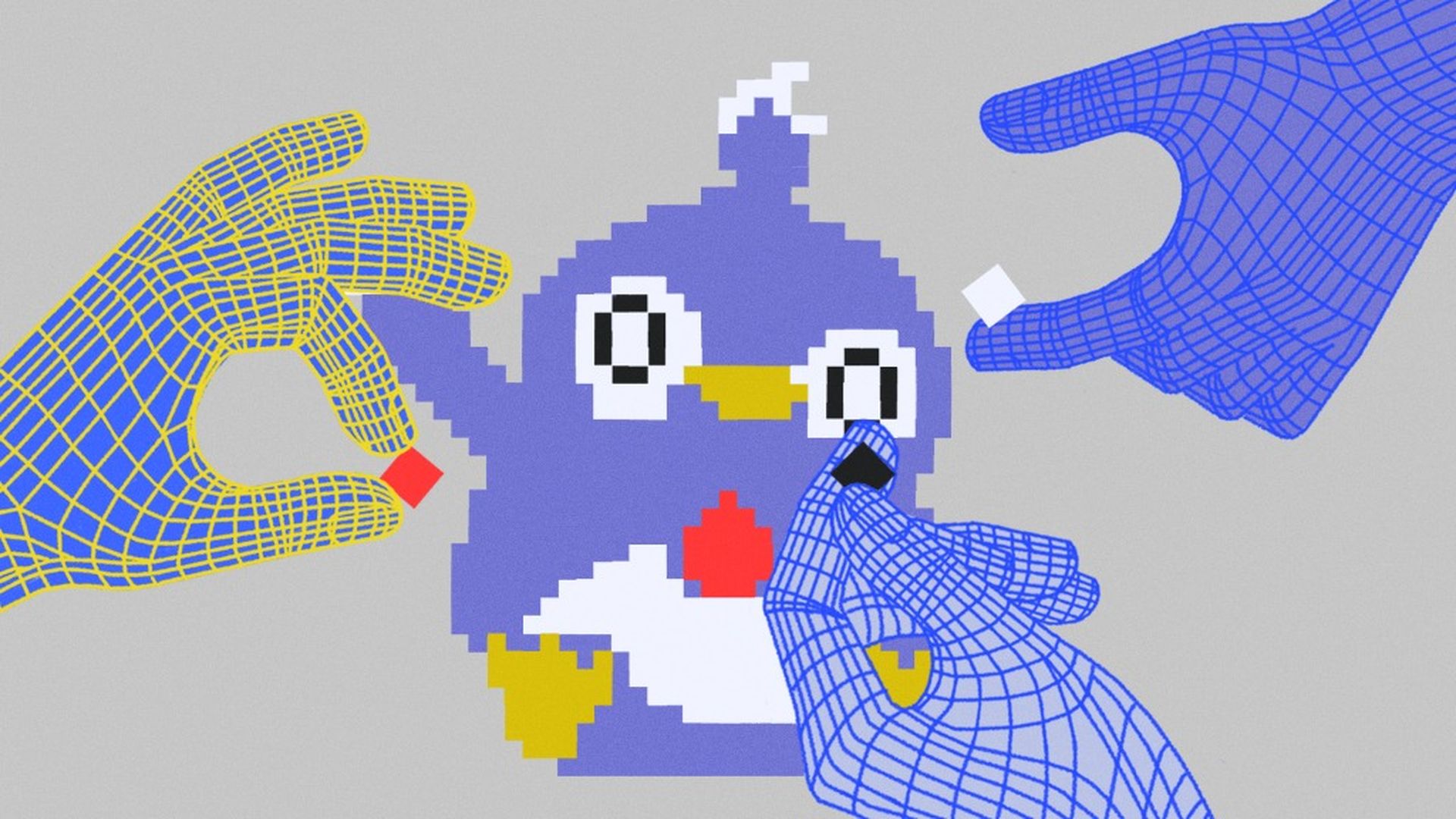
If you have ever wondered what the corporate equivalent of tattooing the words “love” and “hate” on the knuckles of each fist would look like, The Pokémon Company has the answer.
In a statement last week, the jointly owned company that gave the world Pikachu and controls our planet’s most valuable media franchise snarled that it had received “many inquiries regarding another company’s game” and would investigate and address any infringement on intellectual property rights. A sentence later, in a whiplash from uncompromising litigant to affable zookeeper, the company chirped that it would continue to “cherish and nurture each and every Pokémon and its world”.
If there was a crazed, on-the-hoof quality to the statement it is because these are indisputably crazed, on-the-hoof times. And there is very much more than an IP dispute at stake here. Generative artificial intelligence has come for the games industry in ways that threaten to change its landscape entirely and quickly.
In particular, AI has raised the serious prospect of a democratisation of game-making — a transformation that could arise from putting ever more formidable creative power in the hands of everybody, a prospect that excites and terrifies in equal measure.
The Pokémon Company’s indirect brush with this arises from Palworld, which was released in mid-January and combines the reliable favourites of monster-taming, survival and (in crucial contrast with Pokémon games) shooting, to stunning early success. Within a week of its launch for the Xbox and PC, Palworld’s small Tokyo-based publisher, Pocket Pair, said it had already sold more than 8mn copies of a game now widely nicknamed “Pokémon with guns”.
Critical and industrial scrutiny of such an extraordinary out-of-the-blue hit was inevitable. That attention has most noisily focused on what many observers see as the resemblance of certain monsters in Palworld to those that inhabit the beloved menagerie of the Pokémon universe.
Describing Palworld as a straight rip-off is overstating things, even if the underlying inspiration seems blatant, and there are arguments that the game is, to some extent, satire. Either way, its popularity arises directly from the market gap it fills — real Pokémon don’t have guns, but loads of gamers love shooting things. The Pokémon Company’s statement, meanwhile, leaves little doubt that the debate could be paying the mortgages of the world’s most expensive IP lawyers for some time to come.
However diverting that confrontation may become, the parsing of Palworld’s success by both industry and stock market analysts has shifted to the far more intriguing question of how extensive a role generative AI played in the game’s development. If the answer turns out to be that its makers were heavily reliant on these time and labour-saving AI tools, a second issue then becomes whether that usage has become in effect impossible to spot. Other forms of entertainment — including films, animation and TV scripts — are wrestling with versions of the same question.
So far, say veteran industry analysts like Serkan Toto, there is no hard evidence that generative AI was used heavily in Palworld, though he adds that there is every reason to think that it was. In addition to the “gut feel” of veteran game makers, Pocket Pair already produces an AI-powered game called AI: Art Impostor, in which the player takes the role of “a progressive artist who commands AI to generate images, and you don’t need aesthetic talent to draw good artwork”.
The fundamentally unsettling part for the titans of the games industry like Activision Blizzard, EA, Sony, Microsoft and others, though, lies in the scale of Palworld’s possibly AI-fuelled success relative to the size of its producer.
Those giants, argues Nomura Securities analyst Yu Okazaki, have built a market where the scale of spending on development of so called triple-A games confers a huge advantage. As the use of generative AI spreads, says Okazaki, it will be easier for smaller studios and individual creators to produce huge hits, and harder for the big studios to differentiate their output. In an interview last month, the outgoing chief executive of Nexon revealed that its recent triple-A megahit, The Finals, had been created using generative AI and a human team of just 75 people.
It is striking, adds Okazaki, that just a few days after Palworld’s release, Microsoft announced 1,900 job cuts at its gaming division — a possible harbinger of the grand reorganisation in store for the whole industry, as the little guy is empowered to make monster hits.